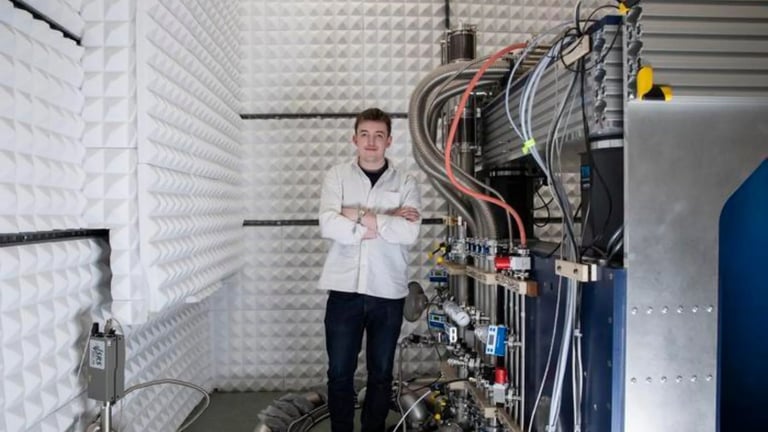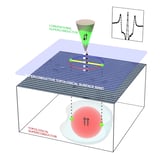UCC's Breakthrough Quantum Visualization Confirms Uranium Ditelluride as Topological Superconductor for Quantum Chips
May 29, 2025
Scientists at University College Cork (UCC) have developed a groundbreaking quantum visualization technique that confirms uranium ditelluride (UTe₂) as an intrinsic topological superconductor.
This innovative technique enables researchers to definitively evaluate the suitability of materials for quantum computing microchips for the first time.
The experiments employed a specialized scanning tunneling microscope (STM) designed by Professor Séamus Davis, which allowed for the exclusion of normal surface electrons and focused on measuring Majorana fermions.
Topological superconductors, like UTe₂, can host Majorana fermions—exotic particles theorized to store quantum information stably, overcoming the noise issues that currently plague quantum computing.
The new UCC technique could simplify quantum processor development by enabling the use of single materials instead of complex circuits, potentially increasing efficiency and qubit density on quantum chips.
These findings were published in the journal Science, underscoring their implications for future quantum computing technologies.
In related research, a study from Oxford University has introduced a new method to identify materials necessary for fault-tolerant quantum computing, potentially ending a lengthy search for affordable options.
Professor Davis highlighted that these advancements could significantly accelerate the identification of suitable materials for quantum computing, paving the way for future innovations.
The research represents an international collaboration involving experts from UCC, UC Berkeley, Washington University in St. Louis, and the University of Maryland.
Microsoft's recent introduction of the Majorana 1, the first Quantum Processing Unit powered by a Topological Core, emphasizes the urgency for effective materials in quantum computing.
While quantum computers promise significantly higher computational power than supercomputers, their development is still hindered by quantum decoherence, which degrades quantum properties.
Lead author Dr. Shuqiu Wang expressed enthusiasm about the first spectroscopic evidence of intrinsic topological superconductivity, promising further discoveries using the Andreev STM technique.
Summary based on 4 sources
Get a daily email with more Tech stories
Sources

ScienceDaily • May 29, 2025
New quantum visualization technique to identify materials for next generation quantum computing
Phys.org • May 29, 2025
Quantum visualization technique confirms UTe₂ is an intrinsic topological superconductor
Interesting Engineering • May 29, 2025
New tool helps discover materials that could revolutionize quantum computing chips
Eurasia Review • May 29, 2025
Quantum Visualization Techniques To Accelerate The Arrival Of Fault-Tolerant Quantum Computers